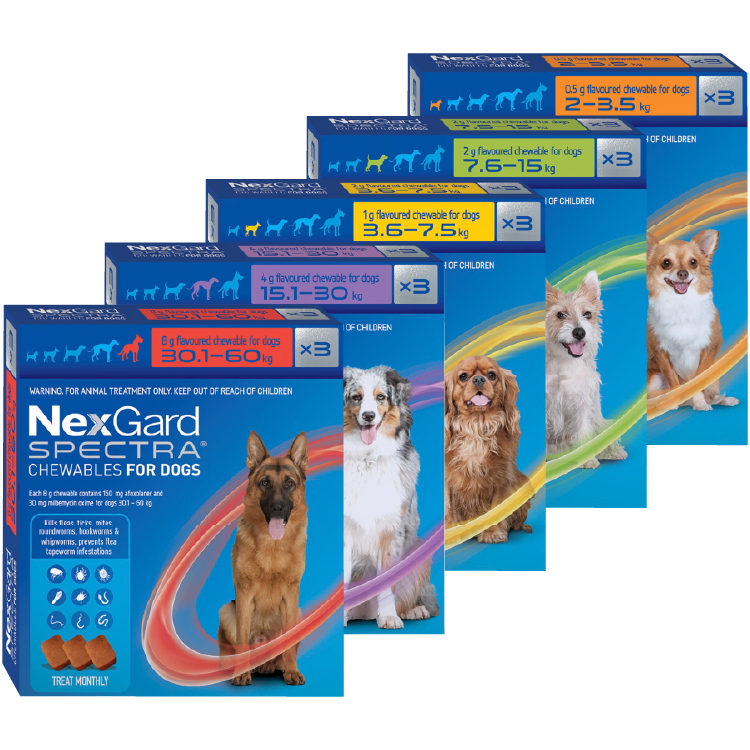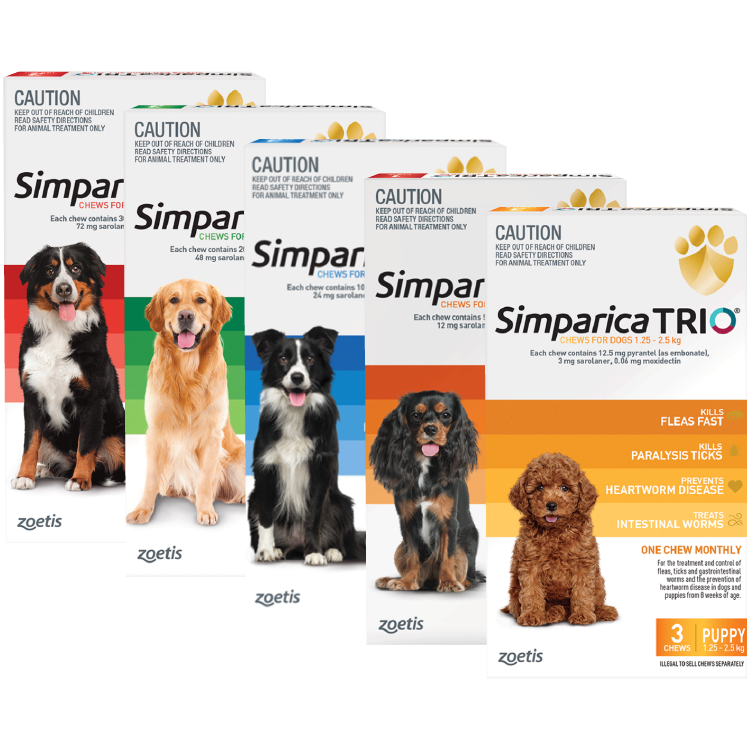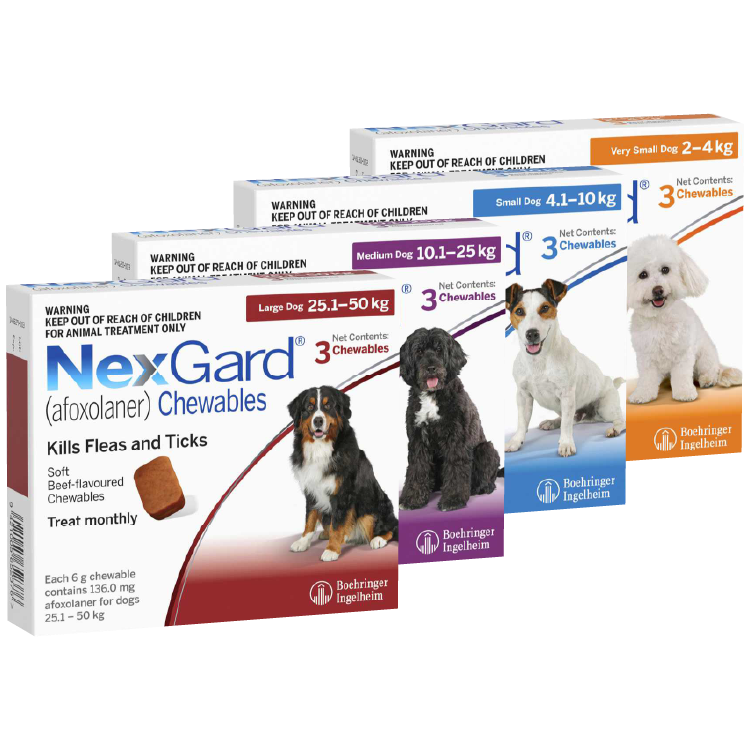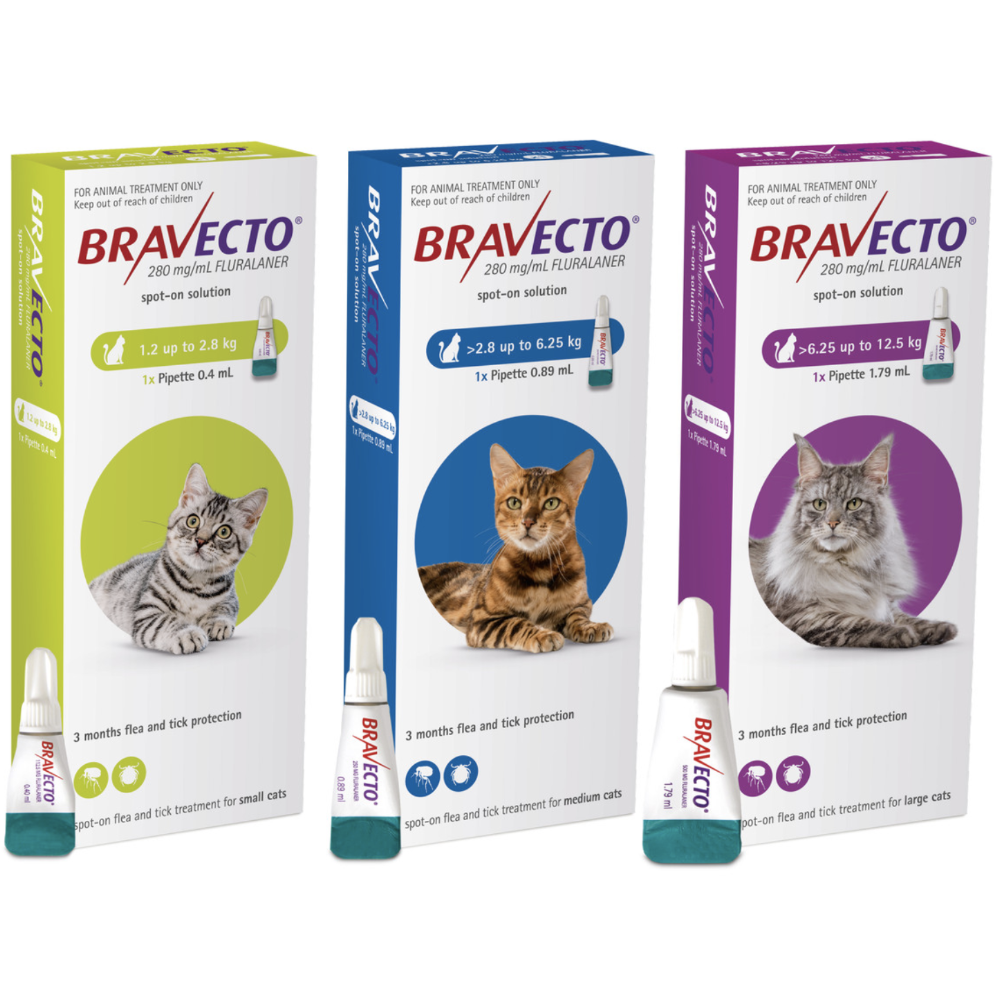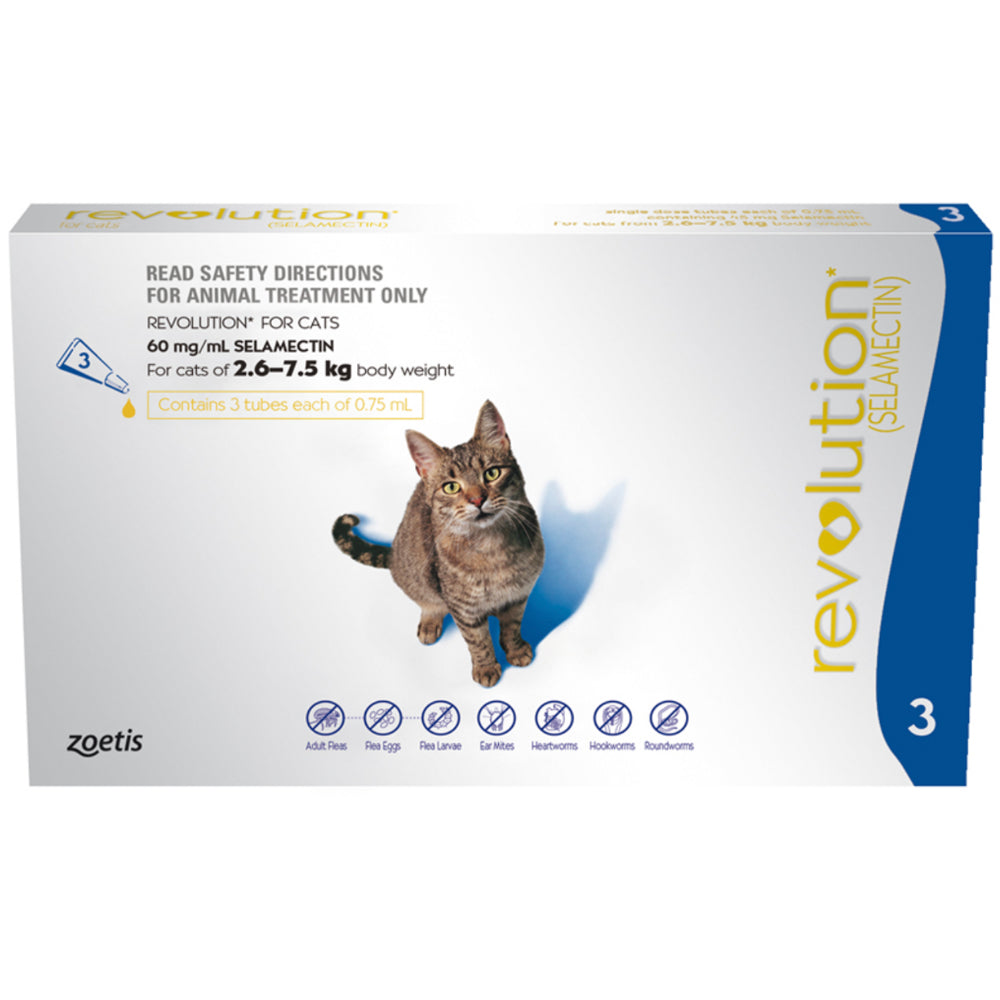NZ-Owned & Vet-Led | 100% Money-Back Guarantee | FREE Shipping
NZ-Owned & Vet-Led | 100% Money-Back Guarantee | FREE Shipping
Add description, images, menus and links to your mega menu
A column with no settings can be used as a spacer
Link to your collections, sales and even external links
Add up to five columns
Add description, images, menus and links to your mega menu
A column with no settings can be used as a spacer
Link to your collections, sales and even external links
Add up to five columns
Tick toxicity symptoms in dogs and cats
August 18, 2025 2 min read

Introduction
Ticks can cause serious illness. Early action saves lives. If you see signs below, keep your pet calm and seek urgent veterinary care. For product advice after recovery, you can contact us.
Early symptoms to recognise
-
Movement changes. Wobbly back legs, weakness, reluctance to jump, or collapse.
-
Voice and swallowing. Change in bark or meow, hoarse voice, drooling, gagging, coughing, or trouble swallowing.
-
Breathing. Fast or laboured breathing, noisy breathing, or panting at rest.
-
Stomach signs. Vomiting or regurgitation; risk of food or water going the wrong way.
-
Eyes and face. Wide pupils, reduced blink, droopy eyelids.
Any of these are a vet visit now, even if you cannot find a tick.
What to do right now
-
Keep quiet and cool. Reduce stress and movement. Do not exercise.
-
No food or water if vomiting or gagging.
-
If far from a vet, remove any tick you can see. Use a tick tool or fine-tipped tweezers. Grip close to the skin and lift straight out. Keep the tick in a sealed container for identification.
-
Do not apply oils, alcohol, or heat to the tick.
-
Transport safely. Keep your pet calm and supported for the trip to the clinic.
After recovery: prevent the next tick
Use a proven tick product matched to your pet’s species, age, and weight. Give it on schedule. In risk areas and seasons, do daily tick searches and keep grass short. Plan ahead before coastal trips.
Products we trust
-
Dogs: NexGard Chewables for Dogs — monthly tick and flea control when used as directed.
-
Dogs: Bravecto Chew for Dogs — long-lasting tick and flea control per label.
-
Cats: Revolution Plus Spot-On for Cats — monthly spot-on with tick cover when used as directed.
-
Cats: Bravecto Spot-On for Cats — long-lasting tick and flea control per label.
Safety basics
-
Dog products for dogs only. Never use a dog product on a cat.
-
Match the weight band and minimum age on the pack.
-
Some dog spot-ons advise keeping cats away from recently treated dogs. Follow label advice.
-
Ask your vet before starting any product if your pet is pregnant, breeding, or has a health condition.
FAQ
How fast do symptoms appear after a tick attaches?
Within hours to a couple of days. Do not wait for severe signs before acting.
My pet improved after I removed a tick. Do I still need a vet?
Yes. Signs can return or worsen. Always seek veterinary care.
Can puppies and kittens get tick toxicity?
Yes. Young, small, or elderly pets can decline quickly. Use prevention and daily checks in risk areas.
When can my pet go back to normal activity?
Only after your vet advises it is safe.
Prevention and fast action make the difference. Build a simple plan now so you are ready when tick season arrives.
Feargus McConnell
Also in Dr. Feargus’ Australian Pet Health Blog

Pet dental care at home | Easy brushing guide
August 21, 2025 2 min read
A simple Australian guide to brushing your dog or cat’s teeth. What you need, step‑by‑step instructions, and when to see your vet.

How often should you treat your dog for fleas in Australia?
August 21, 2025 2 min read
A simple schedule for flea prevention in Australian dogs. What to use, how long to treat, and how to stay on time—even if you already have fleas at home.

Travelling tradies with dogs: parasite guide
August 19, 2025 2 min read
A road-ready parasite plan for tradies and their dogs. Ute and site hygiene, packing list, dose timing, and trusted product picks.

Join the pack!
Get 10% off your first order



